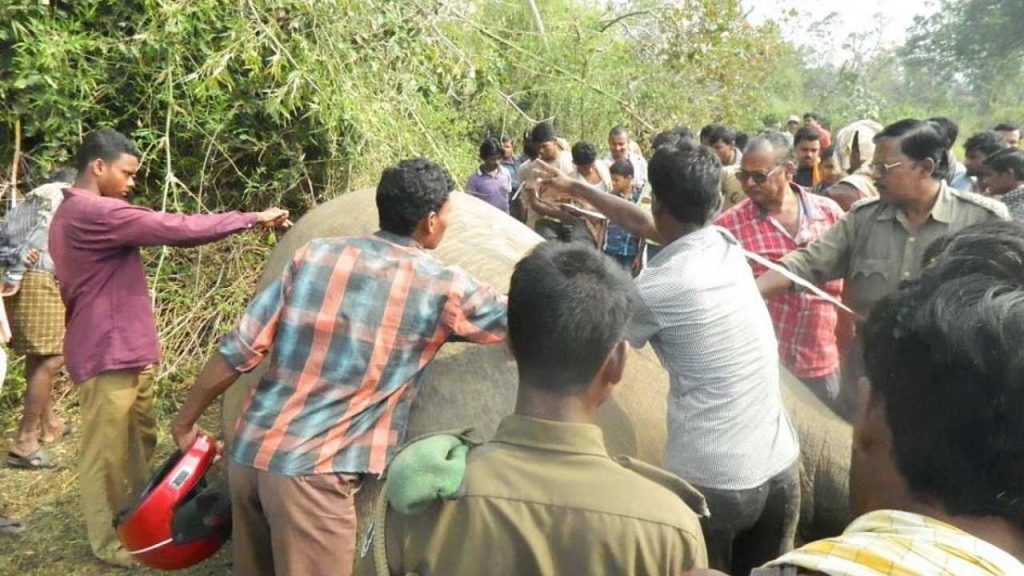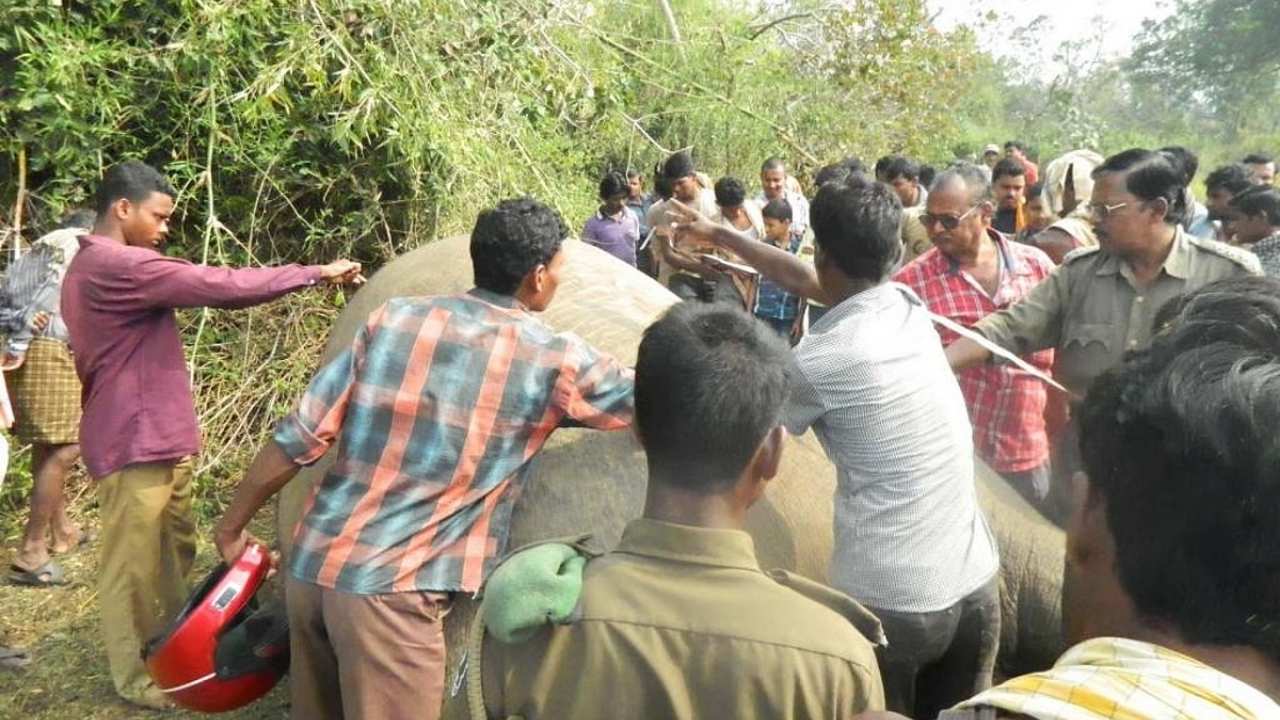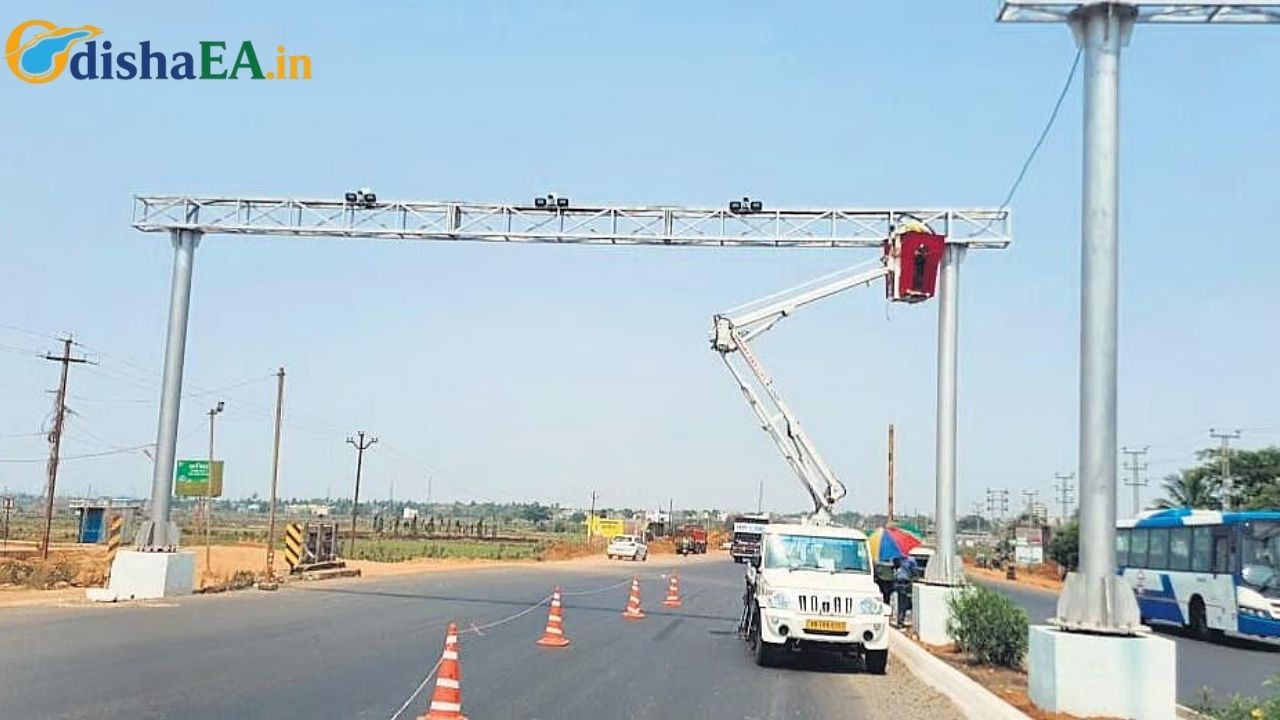In a heartbreaking incident that has drawn attention to the ongoing issue of wildlife safety in India, a female elephant died of electrocution in the Rairakhol region of Odisha. This tragic event has raised alarms about the growing threat to elephants in the area, which has witnessed a series of similar incidents in recent years. In response, Odisha’s Chief Minister, Naveen Patnaik, has ordered a high-level probe to investigate the circumstances surrounding the death and ensure that strict actions are taken against those responsible.

This incident not only highlights the dangers of illegal electrification in forest regions but also underscores the need for better coordination between forest and power departments to protect vulnerable wildlife. As the death toll of elephants due to electrocution continues to rise, experts and conservationists are urging the government to take swift action before more lives are lost.
Elephant Dies of Electrocution in Rairakhol, Odisha
| Key Event | Details |
|---|---|
| Incident | A female elephant died from electrocution in Tikilipadar forest, Rairakhol, Odisha. |
| Cause | The elephant came into contact with a live electric wire, suspected to be illegally installed. |
| Response | CM Naveen Patnaik orders a high-level investigation into the incident. |
| Previous Incidents | Similar deaths have occurred in Burumala and Chahadapashi forests. |
| Action Taken | Forest department and legal bodies are stepping up investigations and enforcement efforts. |
| Public Concern | Ongoing concerns about wildlife safety, particularly elephants, in forest areas. |
For more detailed information on elephant protection and wildlife conservation efforts, visit Odisha TV.
The tragic death of a female elephant in Odisha serves as a stark reminder of the challenges faced by wildlife in India, especially elephants who are at risk of electrocution. With increasing incidents of electrocution, it’s clear that immediate action is needed. The Odisha government’s response, including a high-level probe, is a step in the right direction. However, more can be done to protect these majestic animals and ensure their survival for generations to come. Awareness, better regulation, and community involvement are key to preventing further losses and safeguarding elephants.
Understanding the Tragedy: What Happened in Rairakhol?
On the morning of the incident, forest department officials discovered the lifeless body of a female elephant in Tikilipadar, a region of Rairakhol. Upon investigation, they found a solar-powered electric wire in close proximity to the elephant’s body. It is believed that the elephant came into contact with the live wire, which ultimately caused its death. Unfortunately, this is not an isolated incident; electrocution has claimed the lives of several elephants in this region.
The use of electric wires for illegal poaching and as a means to protect crops from wild animals has been on the rise. These wires are often placed in forests to ward off elephants and other wildlife, but they end up becoming a deadly trap for these animals. When an elephant, curious and unaware of the danger, comes into contact with these wires, it faces fatal consequences.
This death follows a disturbing trend in the region. Just a few months ago, three elephants died from electrocution in Burumala forest, while another female elephant was found dead under similar circumstances in Chahadapashi forest. These repeated incidents have led to growing concerns about the safety of elephants in Odisha.
What’s Being Done? A High-Level Probe Ordered by the CM
In response to the growing alarm, Odisha’s Chief Minister, Naveen Patnaik, has ordered a high-level investigation into the incident. The state government is taking this matter seriously, as it acknowledges the potential danger to wildlife, particularly elephants, in the region.
A team of experts and officials from Bhubaneswar has been sent to examine the site of the incident. Their task will be to determine whether the electric line was illegally installed or poorly maintained. If illegal electrification is found to be the cause, those responsible will face strict legal actions.
This proactive approach by the state government aims to curb such tragedies and ensure that elephants in Odisha are better protected from electrocution and other hazards.
Elephant Deaths Due to Electrocution: A Growing Concern
While the tragic death of the elephant in Rairakhol has sparked this latest probe, it is part of a much larger issue affecting elephants in Odisha and other parts of India. In fact, just last year, the Odisha government launched an investigation after 50 elephants died over a period of six months, with at least 20 of those deaths being attributed to electrocution.
Electrocution of elephants has become a serious and recurring problem, especially in rural areas where agricultural lands are frequently damaged by wild animals. Farmers, in an attempt to protect their crops, have been known to set up electric fences or wires, which are often poorly managed or improperly installed.
In addition to electrocution, elephants in India face other threats, such as habitat loss, poaching, and human-wildlife conflict. These issues, when combined, have contributed to the declining elephant population in the region.
The Role of the Forest Department in Protecting Elephants
The Odisha Forest Department plays a critical role in wildlife protection, but it is not always equipped to address all the challenges posed by human-elephant conflicts. The department has been working on various initiatives to protect elephants, including wildlife corridors, anti-poaching measures, and better monitoring of forest areas. However, issues like illegal electrification and the lack of awareness in rural communities continue to pose a significant challenge.
The government has urged farmers and local communities to report any illegal activities, such as the installation of electric wires, and to take part in wildlife protection efforts. Increased awareness and stricter enforcement of laws are key to reducing these incidents.
Practical Tips for Preventing Elephant Electrocution
As conservation efforts continue, there are several practical steps that can be taken to prevent more tragic deaths of elephants due to electrocution:
1. Educate Local Communities
Raising awareness about the dangers of using electric wires in wildlife habitats is crucial. Local communities should be educated about the devastating consequences of electrocution and provided with safer alternatives to protect their crops and property.
2. Improve Regulation of Electric Fencing
The government and forest departments must implement stricter regulations on the installation and use of electric fences. These fences should be designed to be wildlife-friendly and should not pose a threat to elephants or other animals.
3. Promote Safe Wildlife Corridors
Encouraging the establishment of wildlife corridors can help elephants safely move between forests and avoid areas with human settlements. These corridors should be free from dangerous traps, including electric wires.
4. Involve Local Farmers in Conservation Efforts
Farmers should be engaged in conservation efforts by providing them with alternative solutions to protect their crops, such as using natural barriers or non-lethal deterrents. Additionally, compensation programs for crop damage caused by wildlife should be considered.
Brown Sugar Seized from Mixture Packets in Odisha; 150gm of Drugs Found
Private Buses Back on Track: Relief for Odisha Passengers Amid Drivers’ Strike
Astra BVRAAM with Indigenous RF Seeker Hits Mark in Successful Test off Odisha
FAQs
1. Why do elephants get electrocuted?
Elephants are often electrocuted when they come into contact with live electric wires, which are sometimes illegally installed by farmers to protect their crops or prevent wild animals from entering their land.
2. What actions is the Odisha government taking to prevent elephant electrocution?
The Odisha government has ordered investigations into electrocution incidents and is working on raising awareness among local communities. The state is also taking steps to regulate the use of electric fencing and promote wildlife-friendly practices.
3. How can farmers protect their crops without using electric wires?
Farmers can use natural barriers, such as thorny shrubs or fences made from local materials, to protect their crops. Non-lethal deterrents like noise devices or flashing lights can also help keep elephants at bay.
4. What are wildlife corridors and why are they important?
Wildlife corridors are designated routes that allow animals, like elephants, to safely move between different habitats. They are essential for preventing human-wildlife conflict and protecting wildlife populations.





